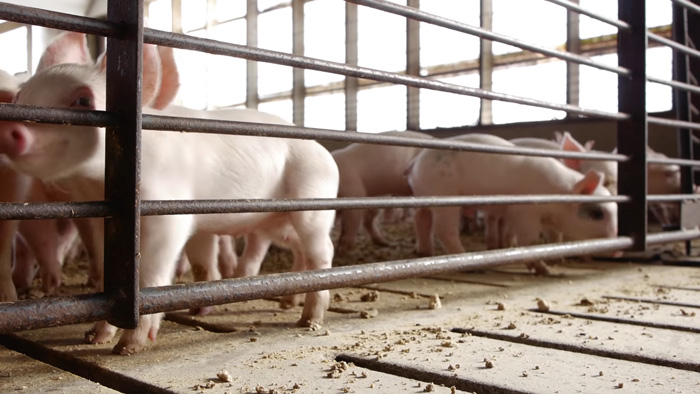A partner with Polar Pork says a reduction from the record prices evident one year ago in feed grain costs has improved profitability but pork producers are still losing money.
Feed represents the largest portion of the cost of producing pigs.
Florian Possberg, a partner with Polar Pork, says a year ago we were looking at seven-dollar corn in the U.S. but that has fallen to between four and five dollars which will make a big difference but producers are still losing money.
Really, when the Ukraine war started and a few factors like that, grain prices whether it’s canola or corn or barley or whatever, really spiked in value. It’s supply and demand and security of supply globally that seemed to have caused grain prices to really spike. I think now things have stabilized. We have not had a great crop on the prairies but it’s not a complete disaster.
The corn and bean crop in the U.S. are probably a little better than they had hoped. Countries like Brazil continue to increase production by bringing more acres in so that affects us globally. As well, eastern Europe, Russia and Ukraine, they’ve had their struggles but they seem to have found a way to keep on producing grain and push it into the world market place.
At the end of the day the historic high grain prices have come down considerably, not to the level that they were five years ago but they’ve come down and it’s made our industry a lot more viable.
~ Florian Possberg, Polar Pork Farms
Possberg says, when you combine lower corn costs with lower soymeal costs that will make a difference but he doubts we’re out of the doldrums yet. He says producers are still losing money but with lower feed costs we have a lower break even and an opportunity to look forward to those lower feed costs resulting in better profitability.




